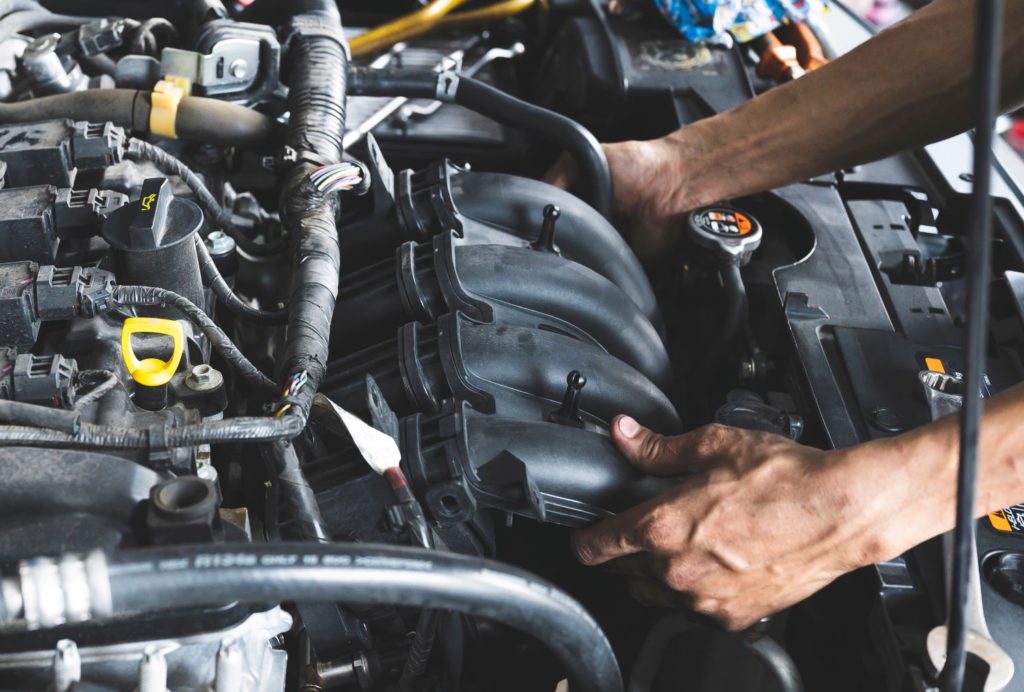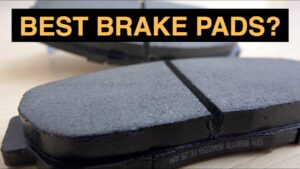The engine in your car is a sophisticated mechanical device, and for it to operate efficiently, various parts must cooperate. The intake manifold runner control (IMRC) is a critical component of this system. Especially at various RPMs (revolutions per minute), this little but crucial component is crucial for improving the performance of your engine. IMRC, however, can have problems, and one typical issue is when it becomes jammed open, much like any mechanical component.
In this article, we shall provide a straightforward explanation of the idea of intake manifold runner control. We’ll talk about its significance, how it works, and most crucially, what to do if the intake manifold runner control stuck open becomes stuck open in your car. So let’s explore the world of IMRC, whether you’re a car fanatic or just trying to understand your automobile a little better.
Table of Contents
Explain Intake Manifold Runner Control [IMRC]
It’s important to understand an IMRC’s basic operation. However, before we go into the topic of intake manifold runner control stuck open in your car. Airflow to the engine is optimized via the IMRC. Therefore, by regulating the length of the runners in the intake manifold, which are passages that carry air to the engine’s cylinders, it is able to accomplish this.
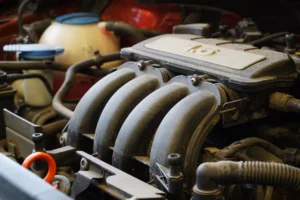
These runners’ lengths are altered by IMRC according to the load and speed of the engine. In order to boost torque at lower RPMs, longer runners are utilized. Additionally, in order to increase horsepower at higher RPMs, shorter runners are used. With the help of this dynamic control, your engine will run effectively under various driving circumstances.
Importance Of The IMRC In A Car
The Intake Manifold Runner Control (IMRC), to put it simply, acts as a traffic officer for the air entering the engine of your car. It aids in supplying the engine with precisely the proper quantity of air for efficient operation. Consider yourself competing in a race where your performance depends on how effectively you breathe. Like that, your car’s engine works similarly. For it to operate effectively, there must be a balance of air.

IMRC carries out two crucial tasks:
1. Saves Fuel:
IMRC ensures that your engine utilizes the least amount of fuel feasible. By regulating how much air is introduced, it does this. It widens more to let more air into the engine when you need to move quickly. However, it becomes somewhat closer to saving fuel when you’re cruising or moving slowly.

2. Gives Strength When Required:
IMRC also contributes to the power your engine has when you hit the gas pedal. It widens the airway as you step on it, allowing more air to enter and supplying greater power for quick acceleration.
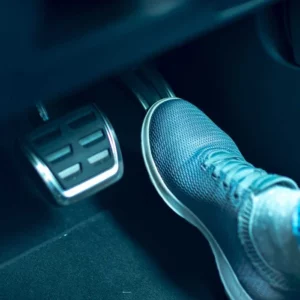
Consider IMRC as a clever method that maintains your engine content and productivity. Without it, your automobile might not travel as far on a tank of fuel and might lack the power you require to accelerate quickly. So keep in mind that IMRC is a modest but essential component that makes your car perform at its best.
How Does IMRC Work In A Car?
The Intake Manifold Runner Control (IMRC) in automobiles functions much like a system of airtight magic tunnels. Think of the engine of your car as a large, hungry beast that needs air to breathe. The IMRC has a clever method to make sure it receives the appropriate amount of air. The IMRC causes the air to travel a longer distance to the engine at low speeds when the engine requires more force to start or travel uphill. Imagine it as a long, winding tunnel. The engine becomes stronger and more powerful as a result.
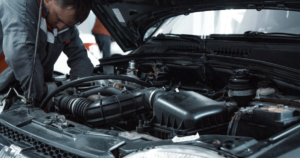
The IMRC shortens the air path because the engine requires less power when you’re moving quickly along a highway. It’s comparable to choosing a shorter, faster tunnel. The engine can travel farther while exerting less effort in this fashion. IMRC therefore acts as a traffic controller for air, ensuring that the engine receives exactly the proper quantity of air for various circumstances. It makes your automobile easier to drive, more fuel-efficient, and more potent when you need it.
What Happens When Intake Manifold Runner Control Stuck Open In A Car?
Your car’s Intake Manifold Runner Control (IMRC) acts as a blocked nose for your engine when it becomes stuck open. Here is what transpires:
1. Loss Of Power:
Picture trying to run while your nose is blocked. Additionally, your engine has trouble breathing normally when the IMRC is stuck open. Particularly when you need it, as when you accelerate, it loses power.

2. Poor Gas Mileage:
When your engine can’t receive enough air, the fuel mixture is messed up and it uses more gas than it should. As a result, your gas mileage declines.
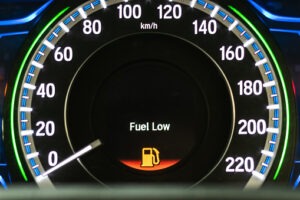
3. Check Engine Light:
The intelligent automobile can detect when something is amiss. The check engine light (CEL) comes on to let you know when the IMRC is jammed open. That is like a cautionary notice.
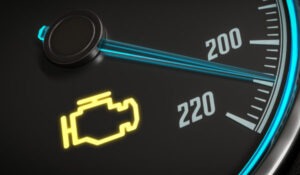
4. More Pollution:
When the IMRC is jammed open, your engine doesn’t burn fuel efficiently. This causes your car’s tailpipe to emit more pollution, which is terrible for the environment.

Simply put, your automobile burns more gas, loses power, the check engine light comes up, and pollutes more when the IMRC becomes jammed open. Similar to when you have a cold, your car doesn’t feel like itself. Therefore, it’s a good idea to get it checked out and fixed if you notice these symptoms.
What To Do If Your IMRC Is Stuck Open?
To prevent additional damage and subpar performance, it’s critical to repair the issue as soon as you suspect your IMRC is jammed open. The steps are as follows:
1. Investigate The Check Engine Light:
If your check engine light is on, it’s obvious that there is a problem. To find the IMRC-related issue, use an OBD-II scanner to retrieve the trouble codes.

2. IMRC Actuator Inspection:
The IMRC valve’s actuator is the part in charge of opening and closing the valve. Examine the component for any obvious damage, frayed wires, or disconnected vacuum hoses. If there are problems, they might be the main cause.
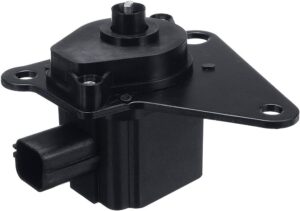
3. Clean Or Swap Out The Parts:
Sometimes, carbon buildup or debris obstructing the valve can cause an IMRC to become stuck open. Cleaning the valve and the elements around it may fix the problem. You might need to replace the IMRC components if cleaning doesn’t work or if there is physical damage.
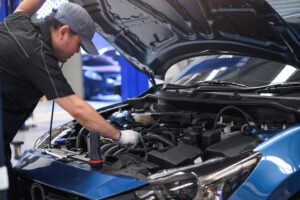
4. Consult A Specialist:
It’s best to obtain assistance from a licensed mechanic if you’re unclear on how to identify or fix the IMRC problem. They are equipped with the knowledge and know-how to correctly identify the issue and solve it.
Conclusion:
In conclusion, increasing your car’s performance and fuel efficiency requires careful consideration of the intake manifold runner control (IMRC). It can cause power loss, decreased fuel efficiency, and increased emissions when your intake manifold runner control stuck open in a car. To fix this problem and keep your engine running smoothly, check your car’s diagnostic codes, look at the IMRC parts, and if necessary, get professional help.
